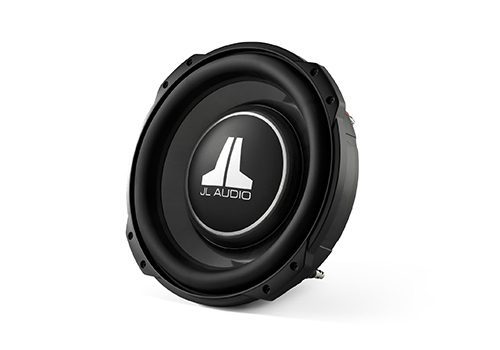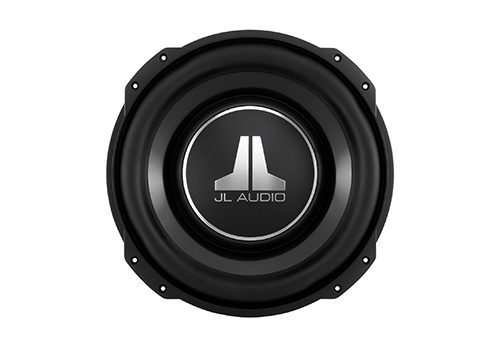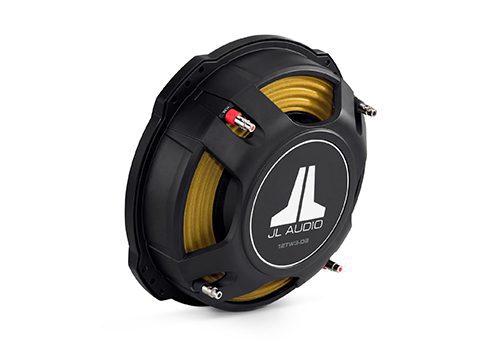Home > Product Installs & Reviews > Product Reviews > Car Subwoofer Reviews > JL Audio 12TW3 Slim Subwoofer Unbox & Review
In this article: I'll unbox and review JL Audio's 12TW3 slim subwoofer. I'll walk through some of the core features that I think are important and what makes it a great choice for a shallow subwoofer.
JL Audio's TW3 slim subs have been a part of our list of best shallow subwoofers for some time now. I've used these in a few tight spaced installs, but never got around to putting together a full writeup. It just so happened that I recently did a custom stereo on a 2021 Ford F-150, and chose the 12TW3-D4 as the seat for under the rear bench.
The TW3 series was announced a decade ago. Crazy to think. Even 10 years after their initial release I still think these are among the most competitive, best performing shallow subs on the market. The lineup is comprised of 10″ and 12″ subwoofers, with a 4-ohm and 8-ohm version for each.
So in this review, I'm going to unbox a 12TW3-D4 for you and give you a closeup of some of it's key features. I'll detail out some of the key components that made/make this subwoofer such a well-rounded shallow sub, even after a decade of being on the market.
Unboxing & First Impressions
Unboxing a TW3 isn't really much to talk about. These subwoofers speak for themselves in terms of performance, and I think JL knew that when they designed the packaging. It's pretty straight forward packaging with little detail about the contents. Once you open it up for the first time, you'll be greeted with a few brochures, manuals etc and molded styrofoam to protect the sub
Recent Reviews & Articles
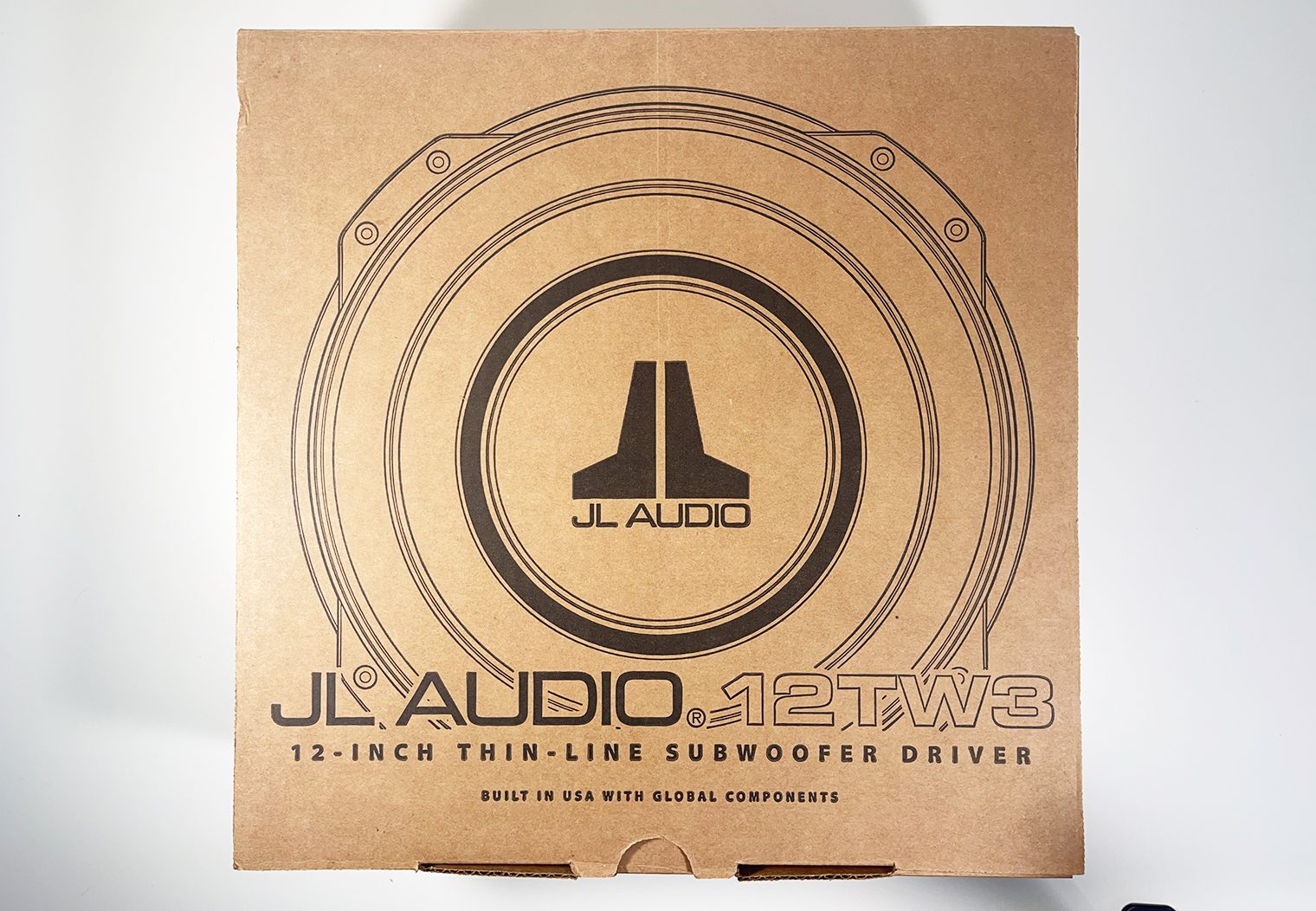
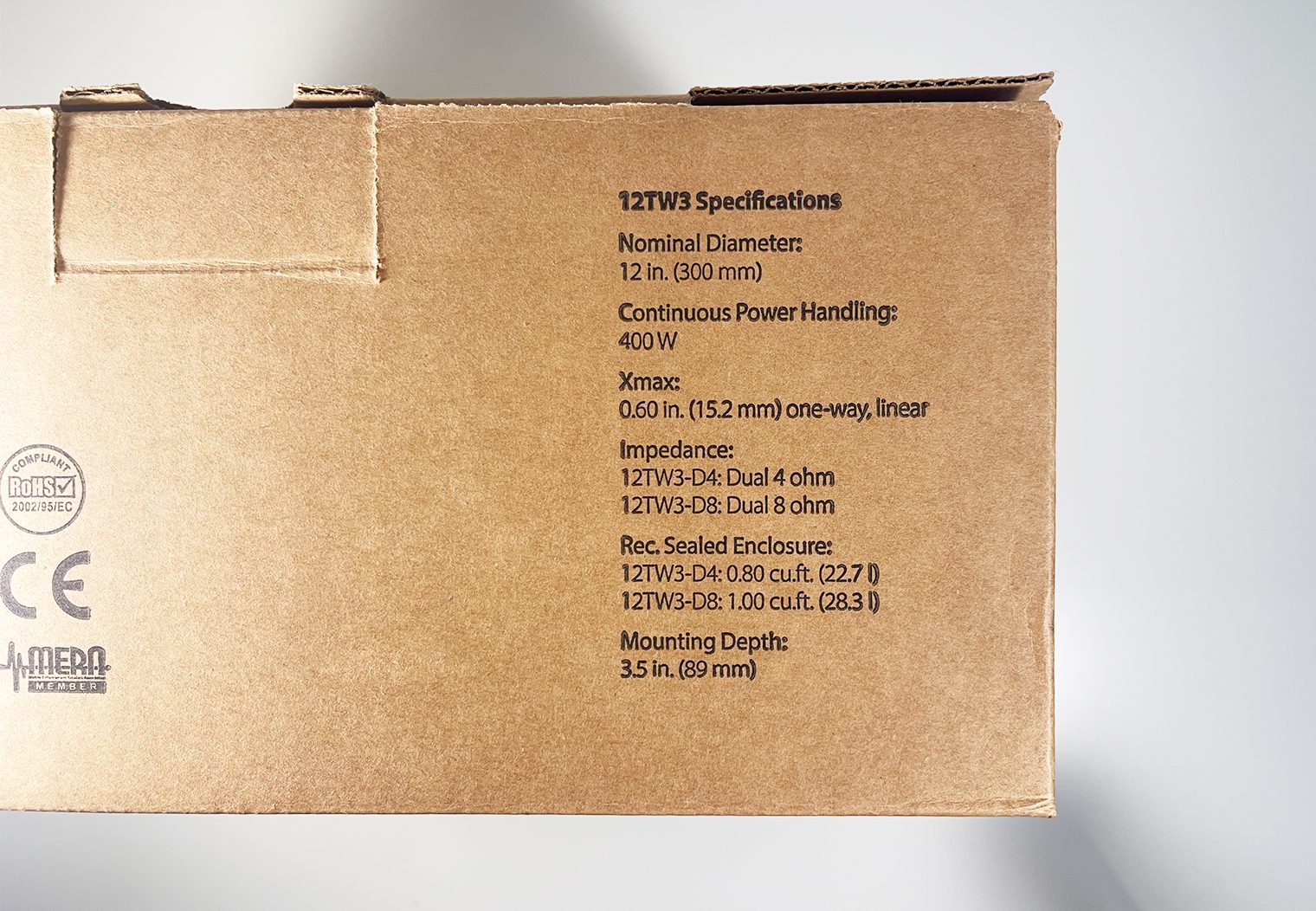
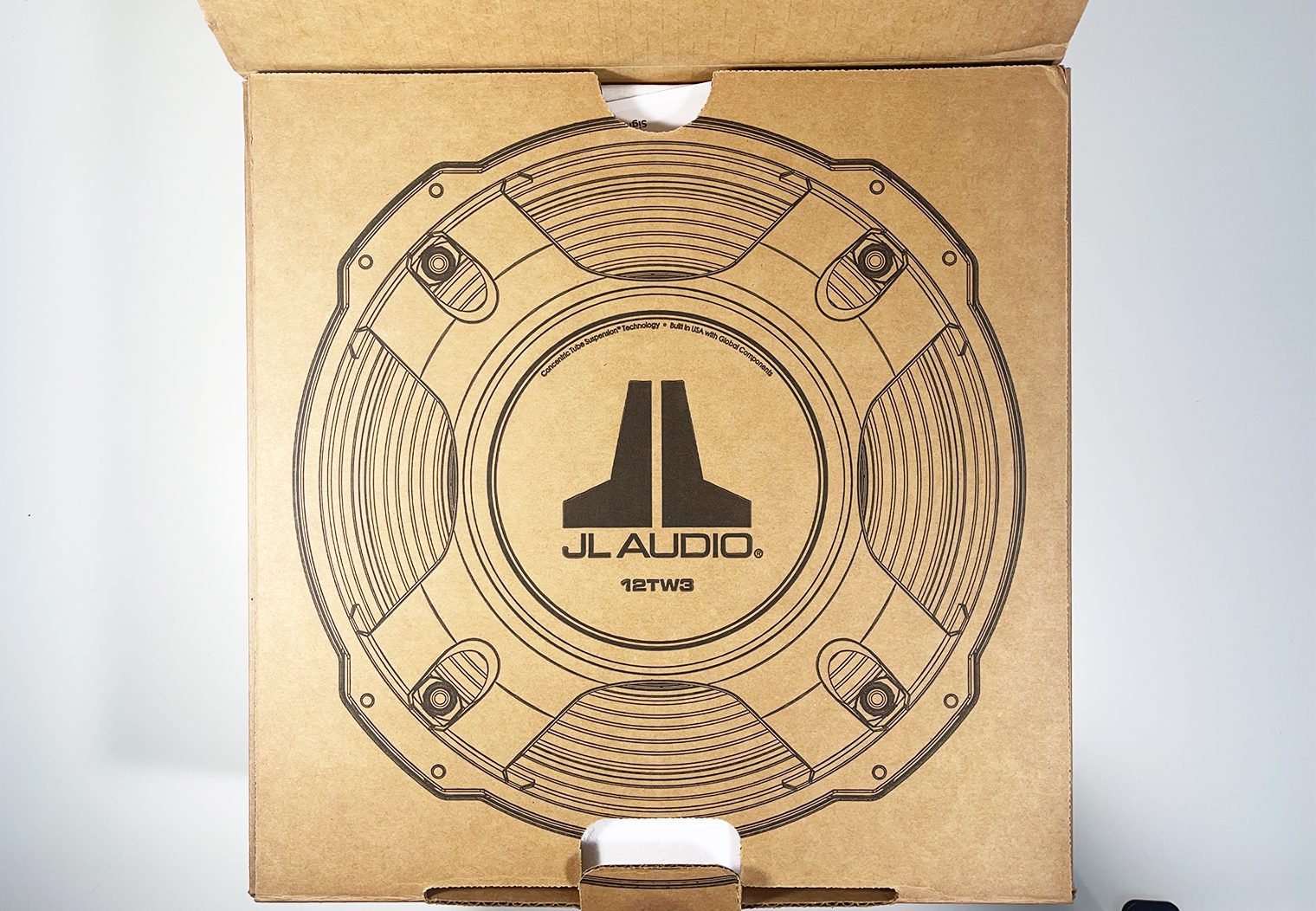

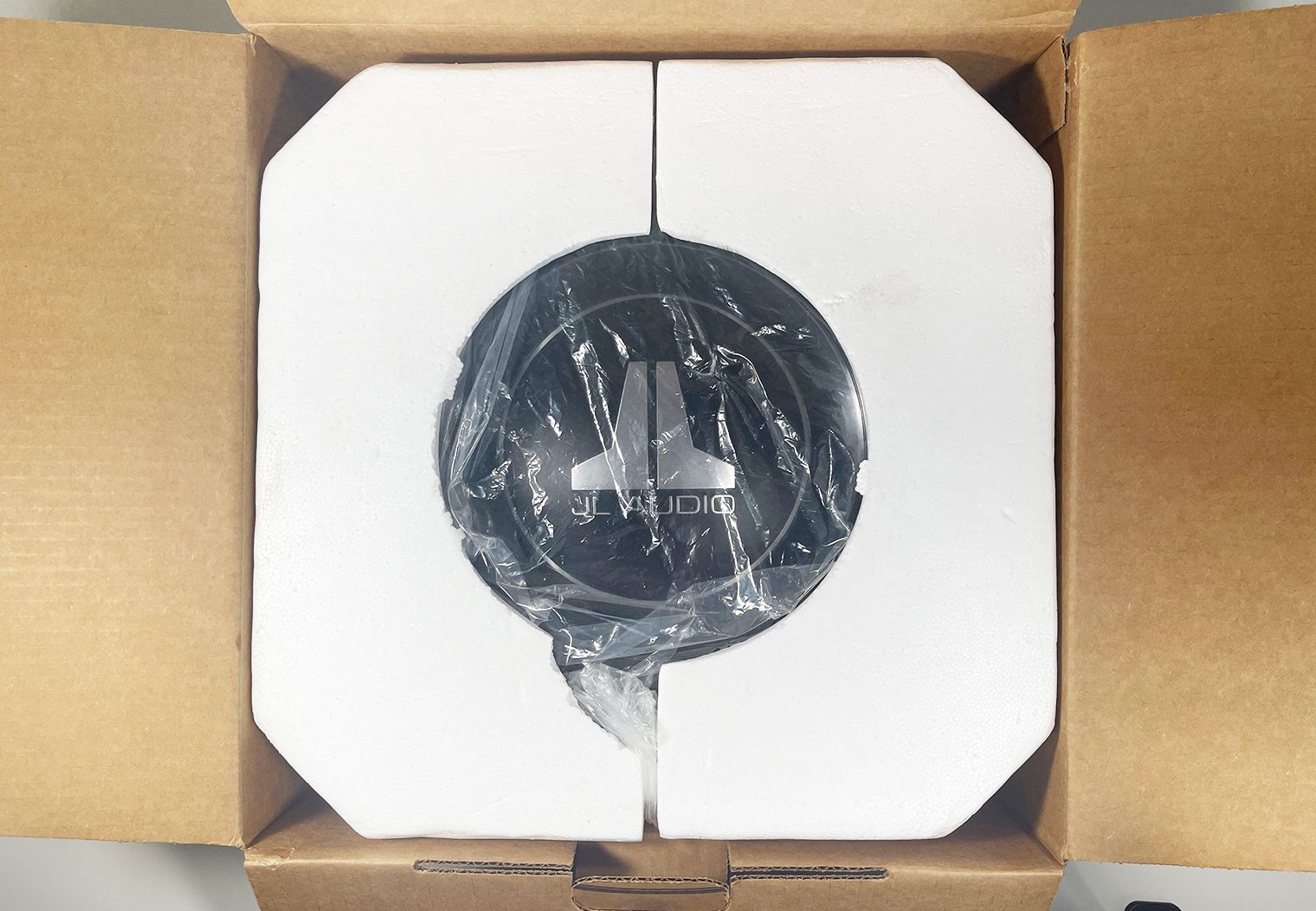
This particular subwoofer was purchased from Crutchfield. I always like to call out and recommend Crutchfield as your starting point when researching car audio products like this subwoofer. They have experts on call and on chat if you have questions, a great vehicle fitment guide that'll tell you what fits and what doesn't, and competitive prices too. If you haven't already, take a look at this subwoofer along with all of the other reputable slim subwoofers on the market in Crutchfield's subwoofer product category.
What's in the Box
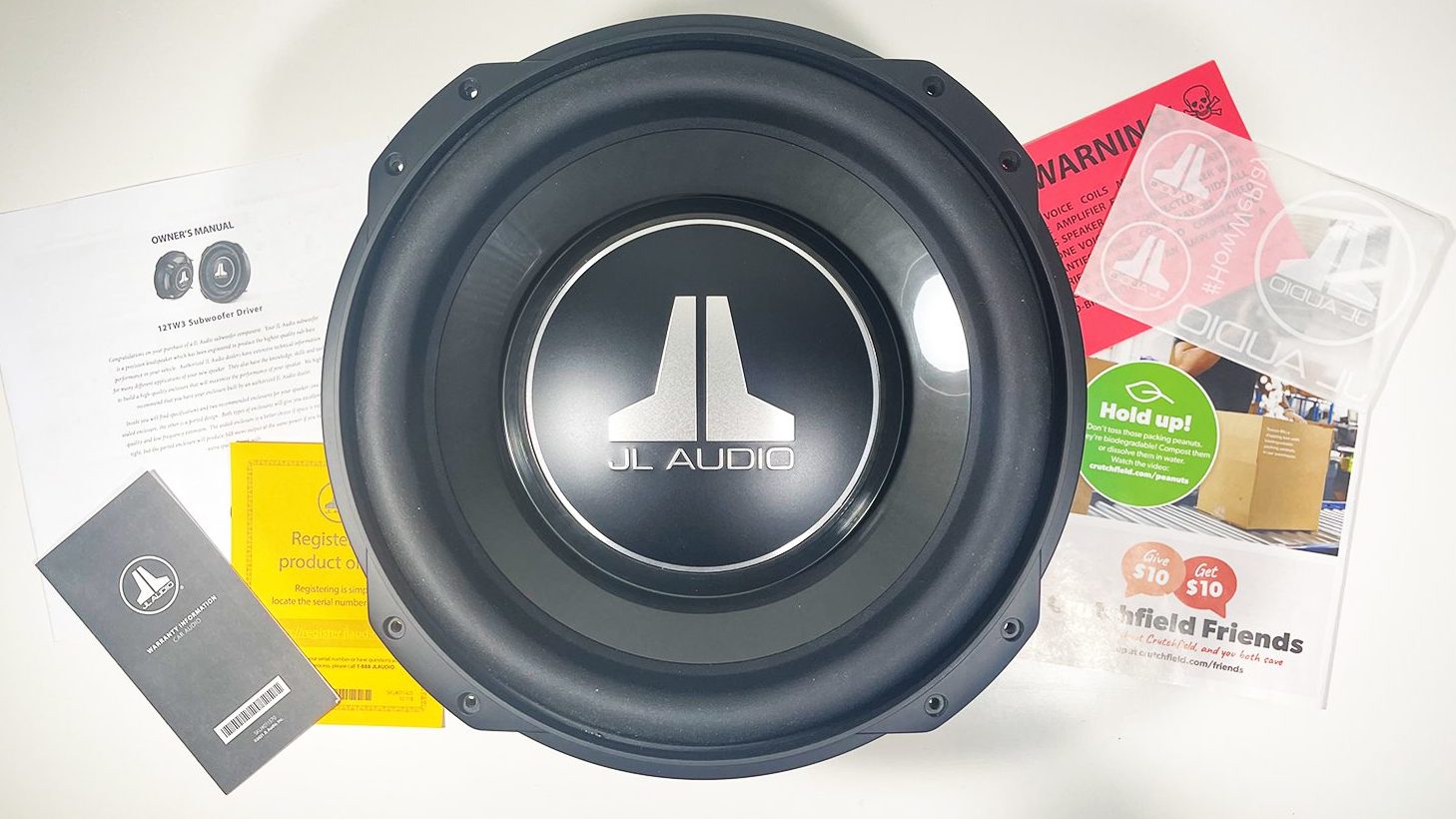
Like the outside of the box, JL keeps it simple inside with the components. Here's a list of the items you'll find inside of the box of a 12TW3 sub:
- One 12″ Thin-Line subwoofer
- Owner's manual
- Voice coil connection warning
Subwoofer Specifications:
Let me start out by stating some of the high level specifications that are pretty standard when it comes to researching a subwoofer like this:
- It’s only 3 ½ inch deep
- It has an X-max or one way linear excursion of .6 inches
- It’s rated to handle between 125 and 400 watts RMS
- This particular model is the dual 4 ohm voice coil, but there’s also a dual 8 ohm model
- It has a cast alloy frame/basket
- Frequency response is between 22-200 Hz
- It's sensitivity is 84.11 dB
Tab Ear Design
Now that the specs are out of the way, let's stalk about some of the cool and innovative features that you probably won't find on many (if any) other shallow subwoofers on the market. If you did, they might be infringing on a JL patent!
Starting with what JL calls their “Tab Ears”, this is one of the unique features that plays very well to the shallow, tight spaces. On the outer ring of the sub, you’ll notice four tabs and four pairs of screw holes. This is different from the traditional subwoofer outer ring, which has mounting screw holes along the entire rim.
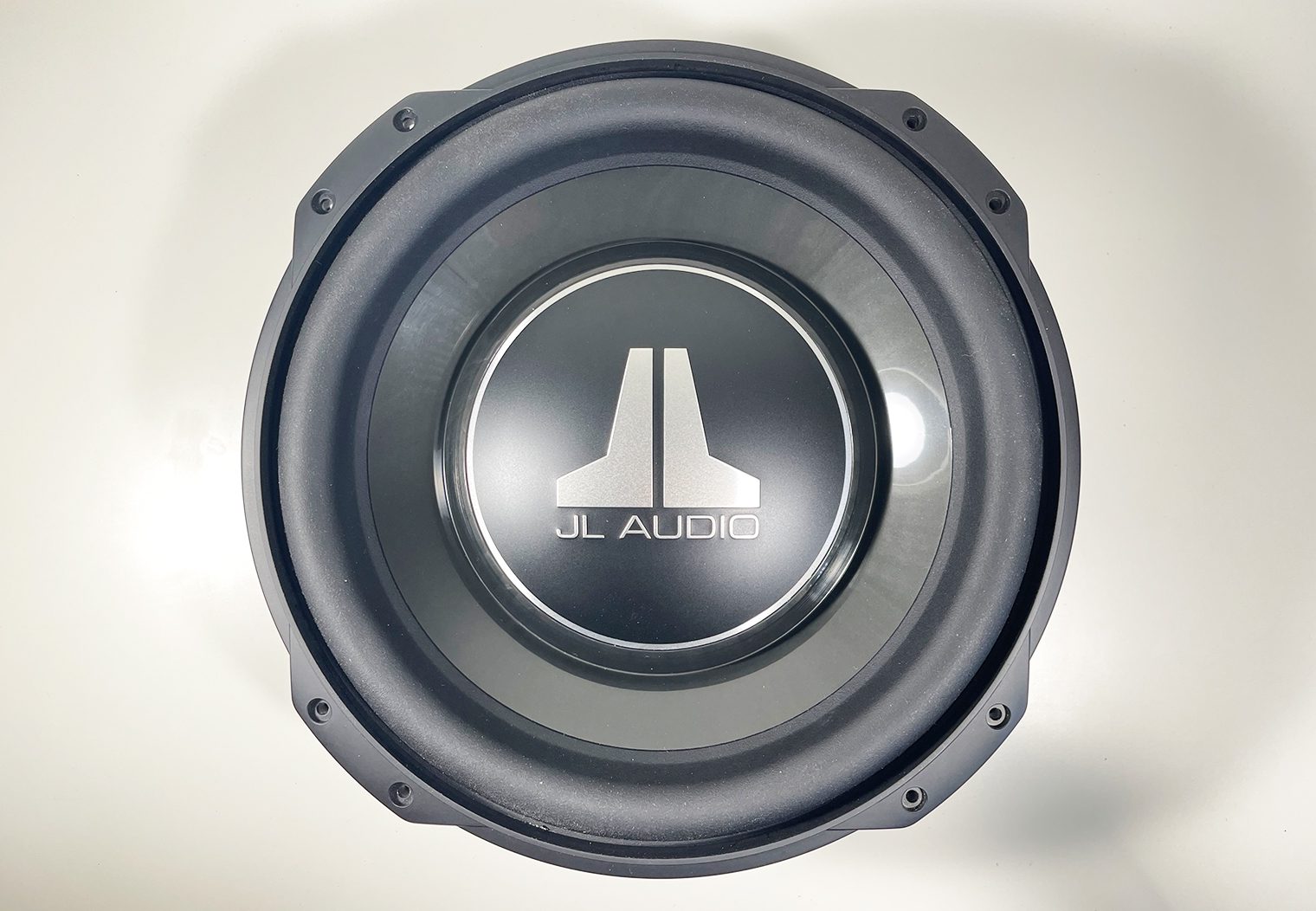
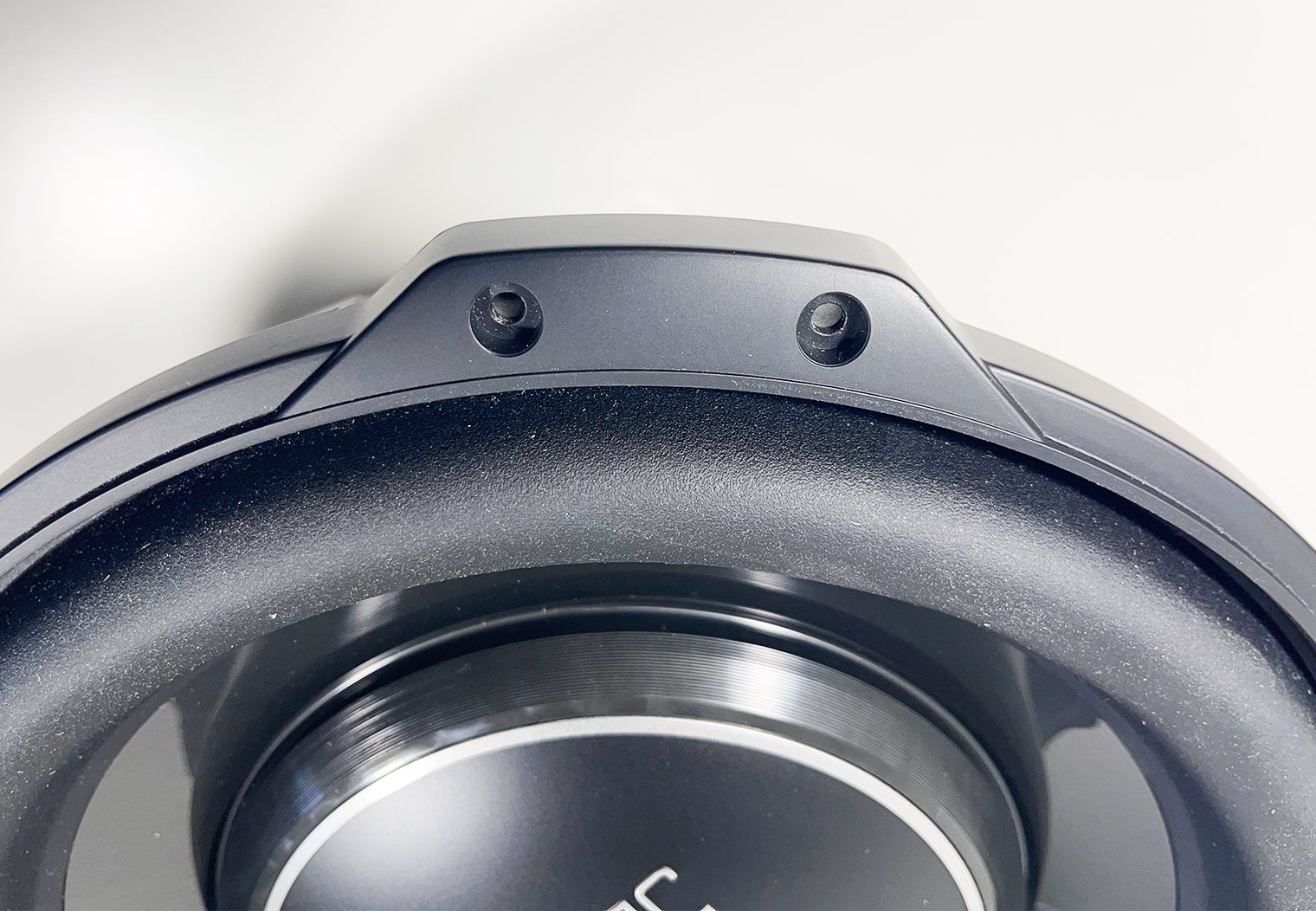
What I like about this is that it significantly reduces the outer diameter of this sub from left to right and top to bottom. This is great for installs that are limited in terms of the length and width of your enclosure. JL calls the diameter (without the tab ears) the “minor diameter” and it's only about 12.5″. You can throw the tabs in the corner of the enclosure, and in theory the mounting surface only needs to be 12.5 inches square in order to mount these subs. Compared to a traditional rounded sub with a 12.75 or 13 inch + outer diameter, this makes a huge difference. Great design, and has actually made an impact on the design of some of the boxes I’ve made personally. Including the F-150 enclosure that this subwoofer is going into!
Surround, Cone & Dust Cap
Looking inward from the tab ears, you'll find a thick rubber surround that attaches to a mica-filled polypropylene cone. Nothing too important to note here apart from the fact that the rubber seems noticeably thick and durable compared to many other subwoofers I've tested and seen.
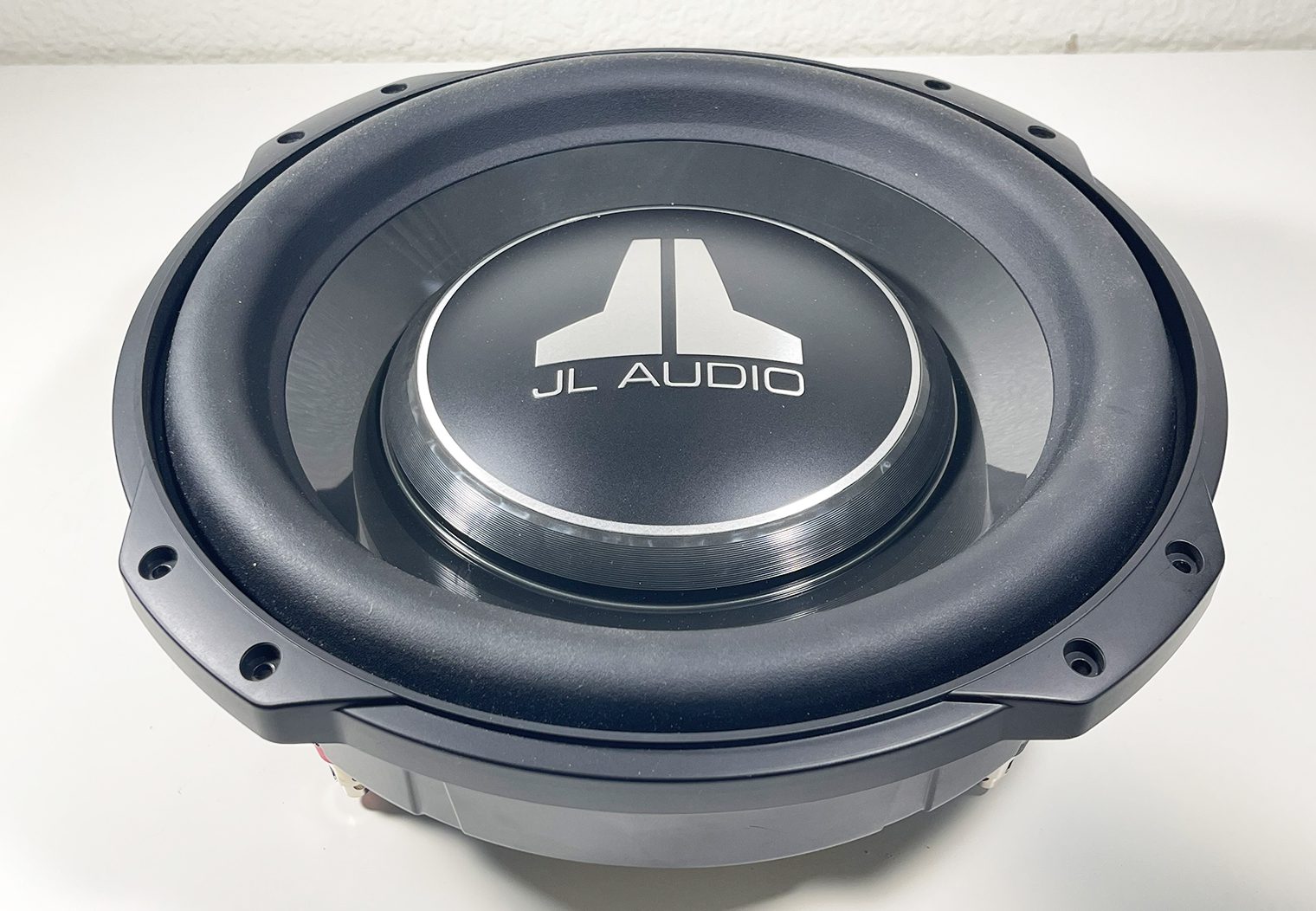
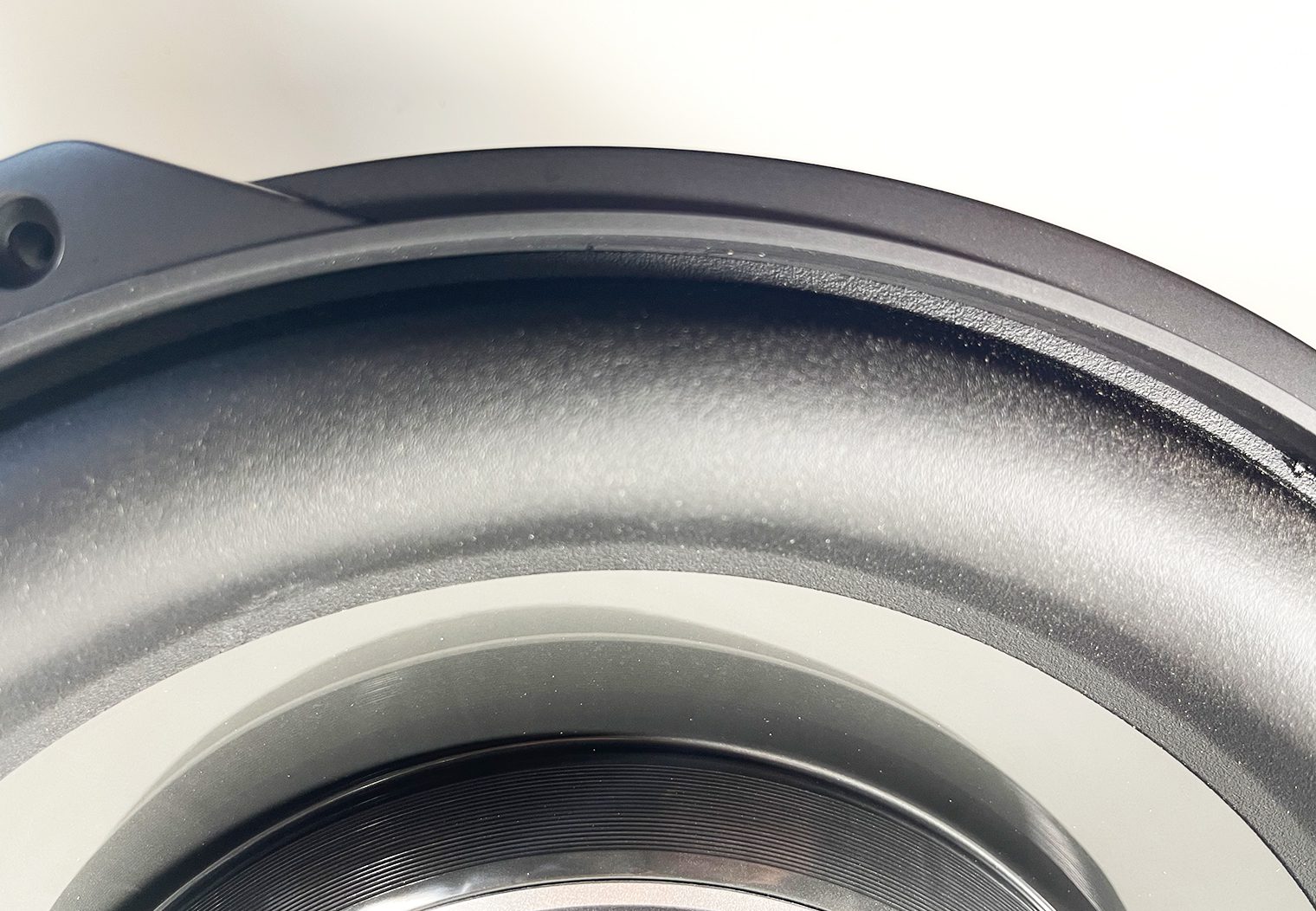
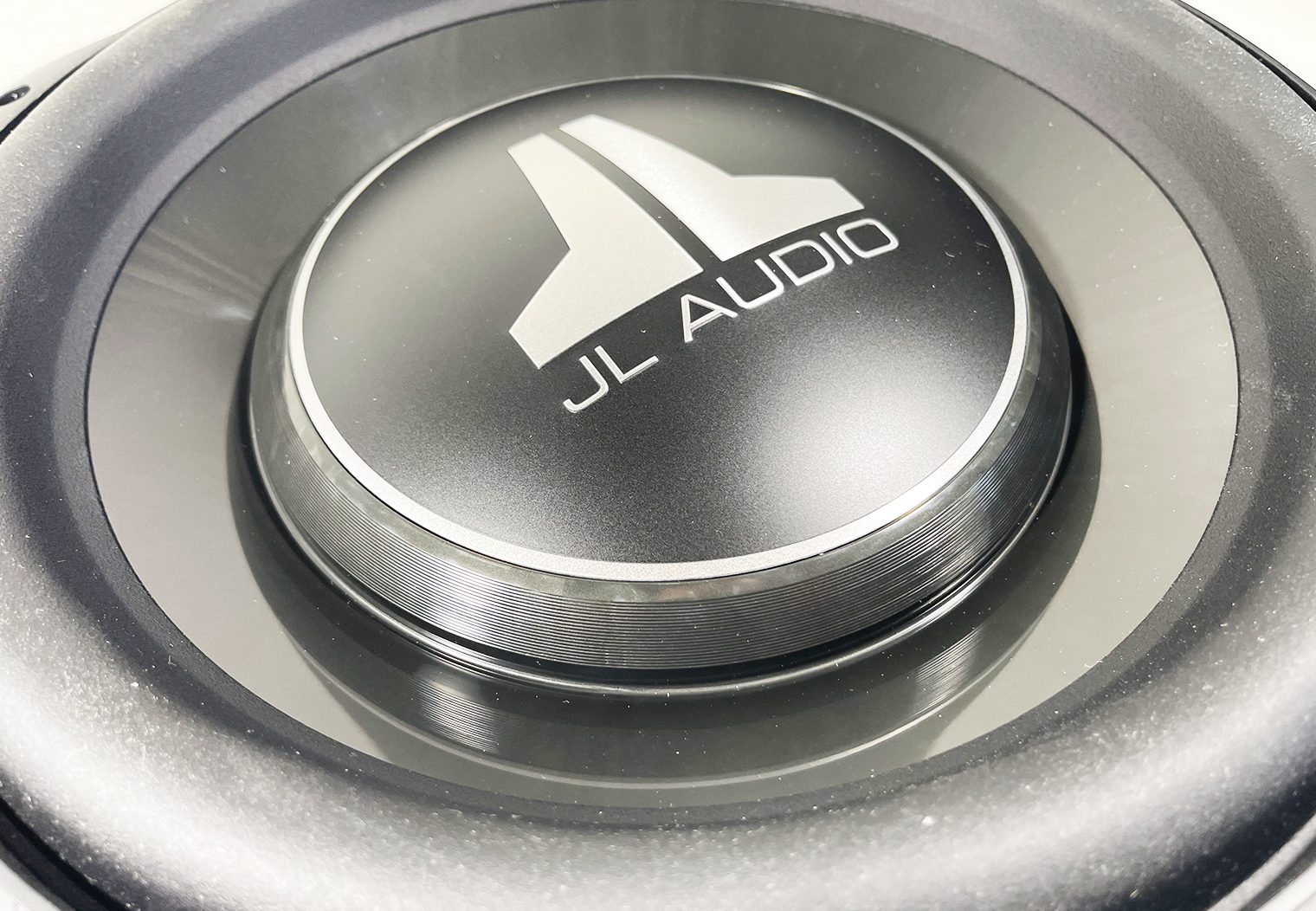
I think the most important aspect here to call out though is the aluminum dust cap design. The oversized dust cap at the center of the cone is actually an integrated heatsink. It's designed to help draw heat from the inner voice coil through a series of vents that are built into the inner cone behind the dust cap. Essentially, as the cone moves up and down it draws air into the subwoofer, through the backside of the dust cap and then out again.
Obviously heat is a big component for subwoofers, so I thought it was a clever design to leverage the design of the dust cap as an added heat sink to help disperse heat without adding components that would ultimately increase the overall depth of the woofer.
Concentric Tube Design
When you turn the subwoofer over to it's side, you can really get a sense of how shallow it is. It's so thin, (3.5″ mounting depth) that even the width of my fist is wider than it is deep. In general, you can use your fist as a good gauge to whether or not these subwoofers will fit in a tight space.
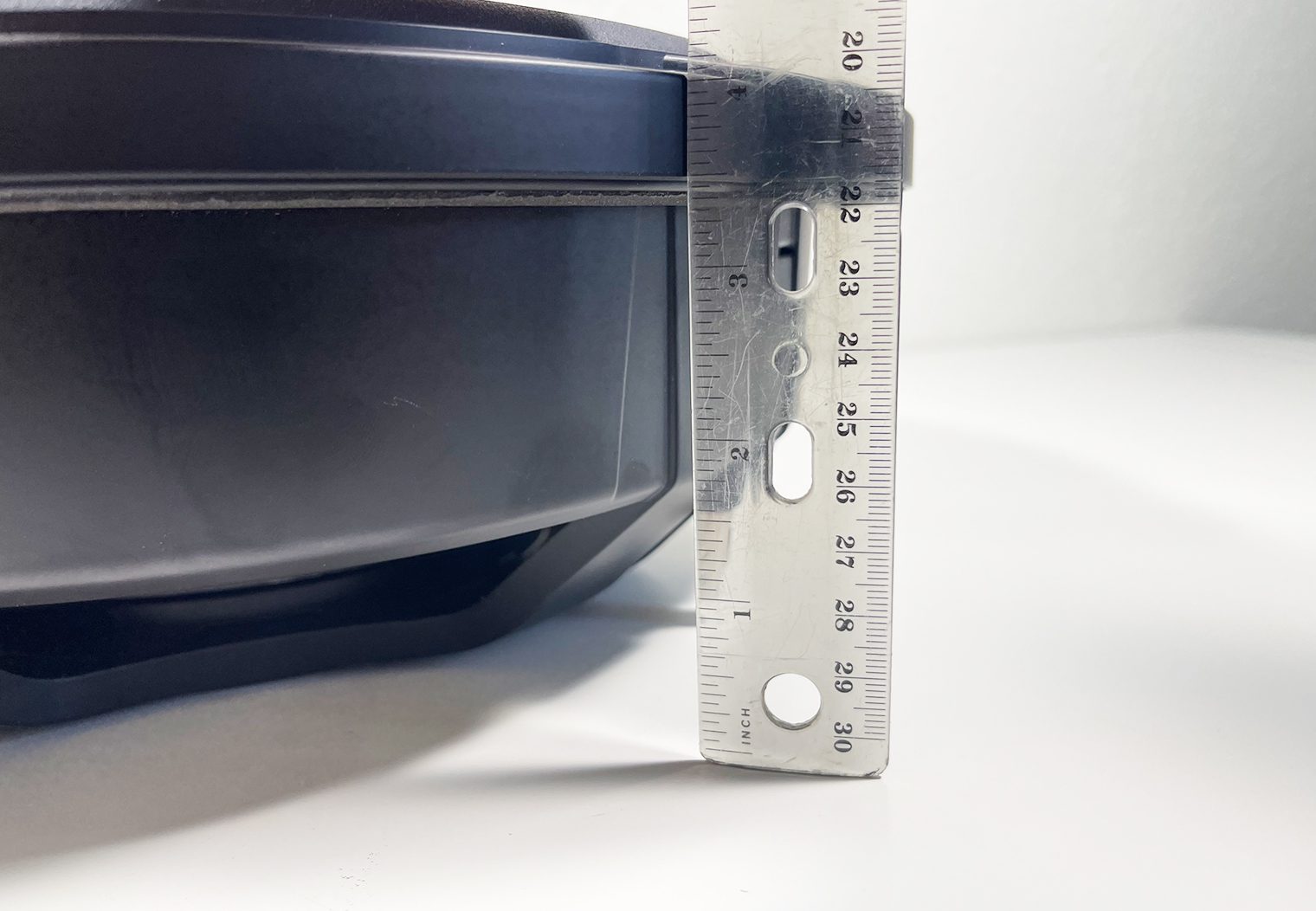
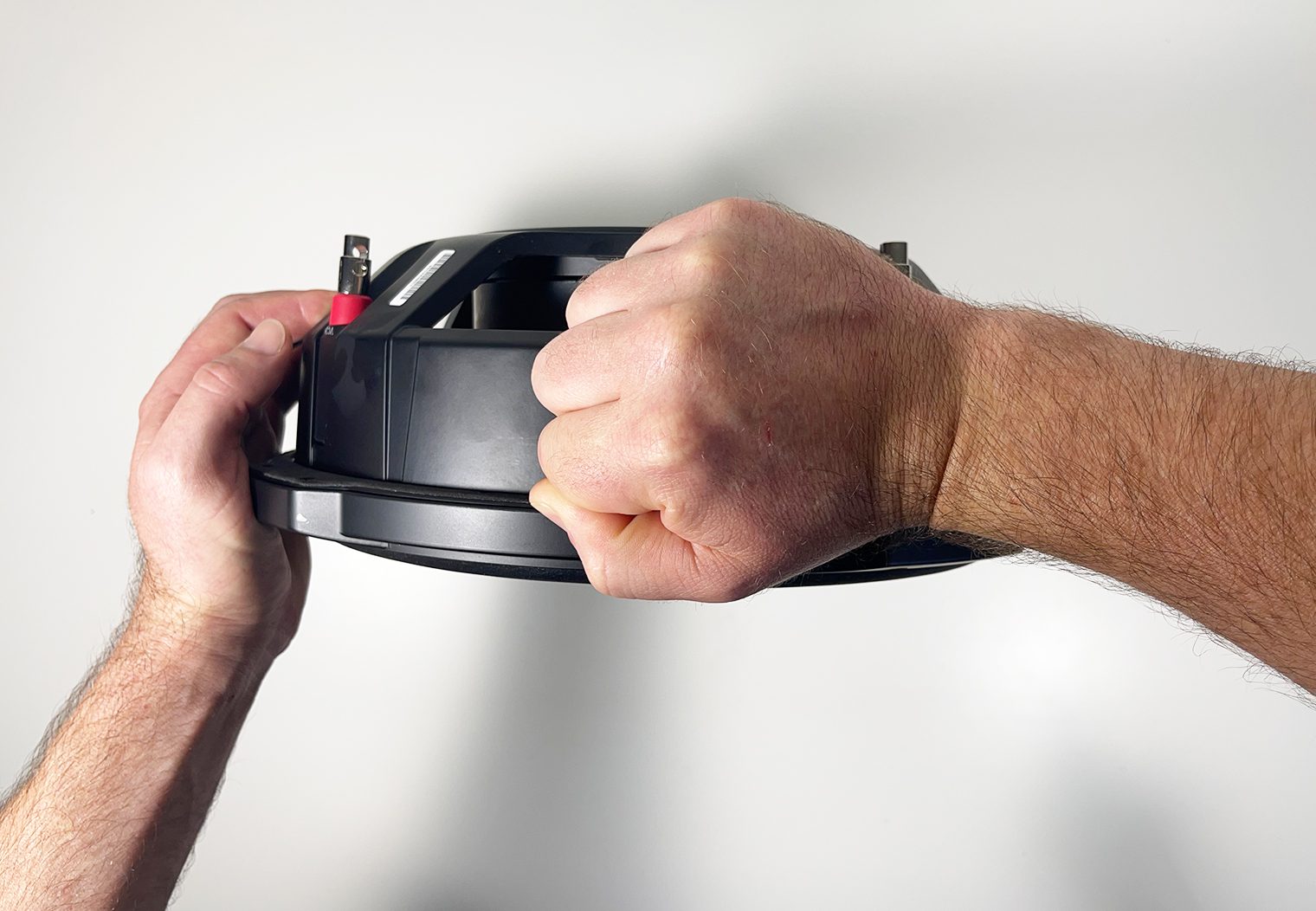
The way that JL is able make this subwoofer so shallow is through a design that they call ‘Concentric Tube Suspension Technology'. This is really the heart of the TW3 design. It essentially enables the spider of the subwoofer to be much lower and closer to the surround that's on the top of the sub. When you look into the internals of the subwoofer from behind, you can actually see that the spider is along the outer rim of the sub, on the outer side of the dust cap.
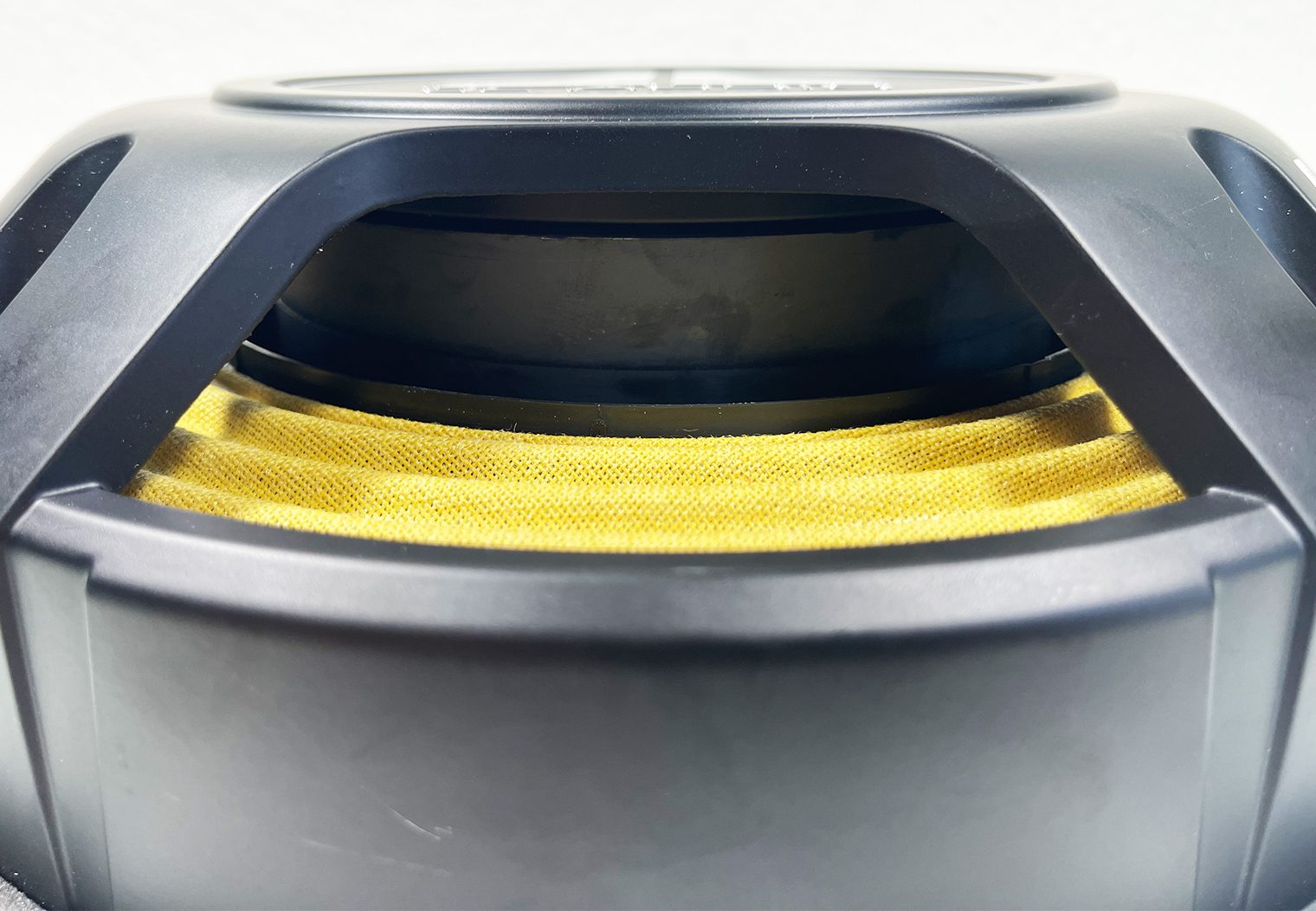
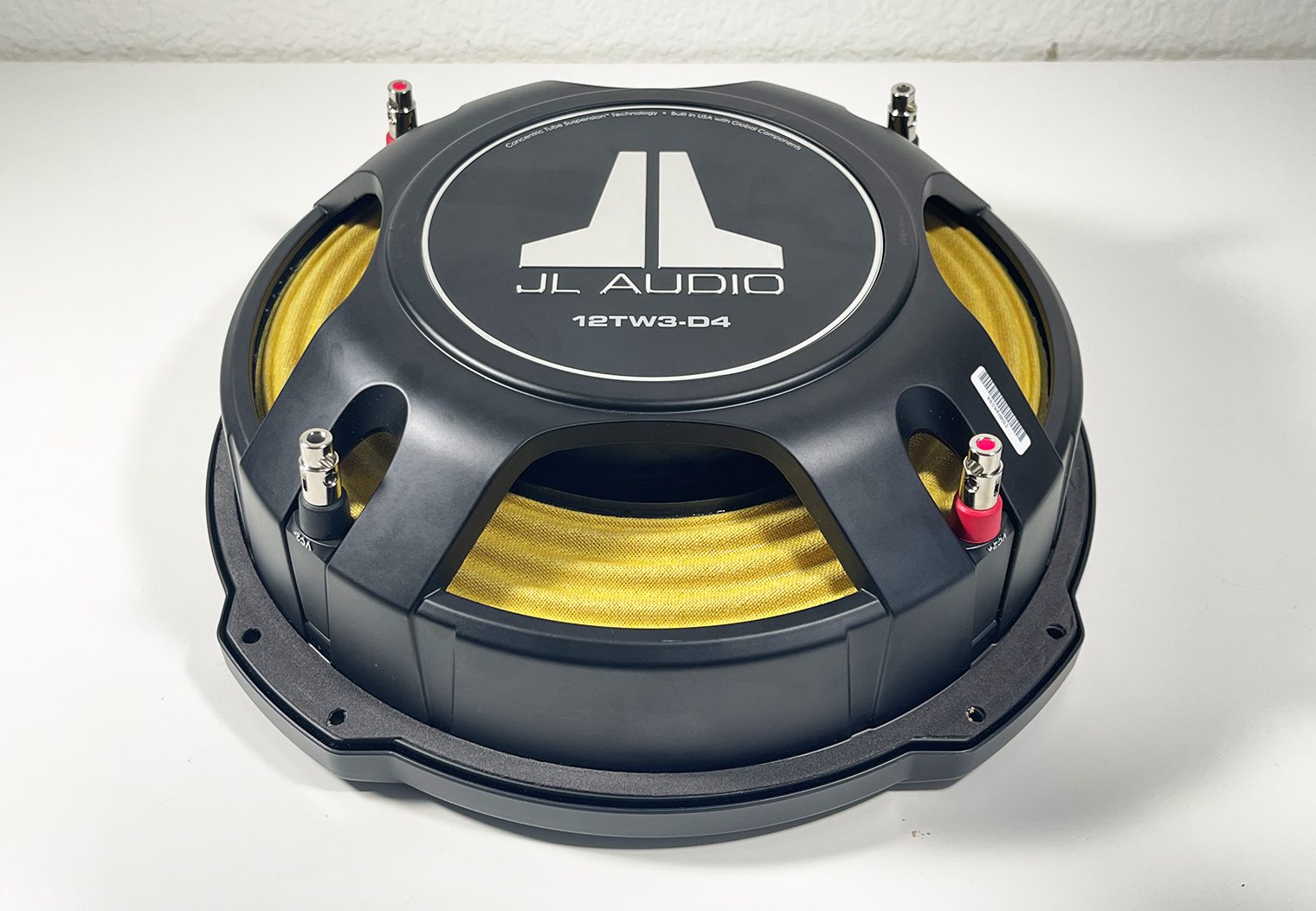
And by placing the spider on the outer side of the subwoofer, it leaves a ton of space on the inner part for a larger voice coil, and more importantly for the actual motor/magnet of the subwoofer. When you turn the subwoofer around and look at the back side, you'll notice that there's no large magnet sticking out. It's actually positioned in between the spider and the dust cap, allowing JL to still include a powerful motor and voice coil to handle some serious power.
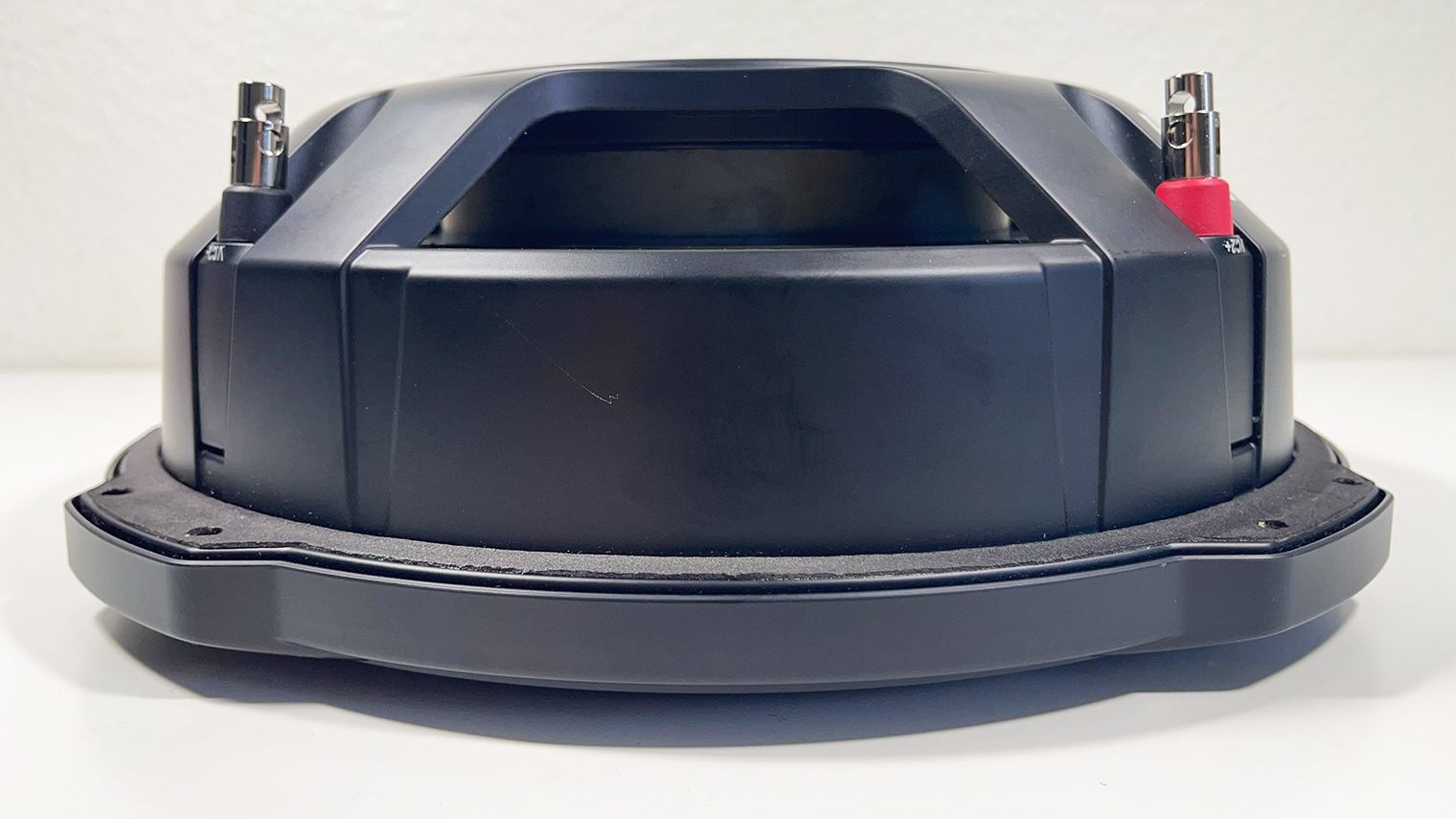
Another interesting fact about this design, JL claims that the travel of the cone can reach up to 2.15 inches. This means that the highest and lowest point that the cone will travel can reach over 2/3 of the total depth of the subwoofer. Really impressive and this stat, to me, showcases how much air they can move.
Enclosure Requirements
Sticking to the tight-spaces theme, JL knew that not only were these subs going into shallow areas, they'd be in tight spaces in general with limited volume for an enclosure. So it's worth calling out a couple of statistics that will be important if you chose to purchase one of these:
- Sealed Enclosure: If you're building a sealed enclosure to house this subwoofer it'll only require a volume of .75 cubic feet.
- Ported Enclosure: If you're interested in building a ported enclosure, you can do this as well in an enclosure that's a minimum .95 cubic feet.
Both are significantly less than, for example the W6 which has sealed and ported enclosure requirements of 1 and 1.3 cubic feet respectively.
How Does it Perform?
So in terms of performance, I really think there's few and far in between shallow subwoofers that will perform at the level of the TW3 with a comparable mounting depth. I've heard these, installed them, and put them in my own vehicles. Volume is great, not JL W6 great, but super impressive for a 3.5″ deep subwoofer. One 12 in my F-150 was a perfect choice for a well-rounded system that can bump if I wanted it to, without distorting. Clarity is among the high performing traditional subwoofers that I've heard too.
Wrapping Up
I'm a huge fan of the TW3 design and performance. The price point is high, but it's a great example of ‘you get what you pay for'. The Concentric Tube design really impresses me, even 10 years after it was released too.
To put this into perspective, if you were to compare some of the specs with JL Audio's W6 subwoofer (another fantastic subwoofer that's on our list of best component subwoofers), The TW3 is half the depth of the W6. The W6 has an excursion rating of .75″ while the TW3 has an excursion rating of .6″, which means that even though the TW3 is nearly 4″ more shallow than the W6 it only sacrificed .15″ of linear excursion. Now, I'm not comparing the performance between the two. But I am pointing out how efficient the TW3 design is in terms of how much air the cone can move!
All-in-all, if you're looking for a trustworthy, reliable and high performing shallow subwoofer and you really only want one in the back of your truck or sports car, the 12TW3 is going to be one of the best, if not the best choice on the market still.

